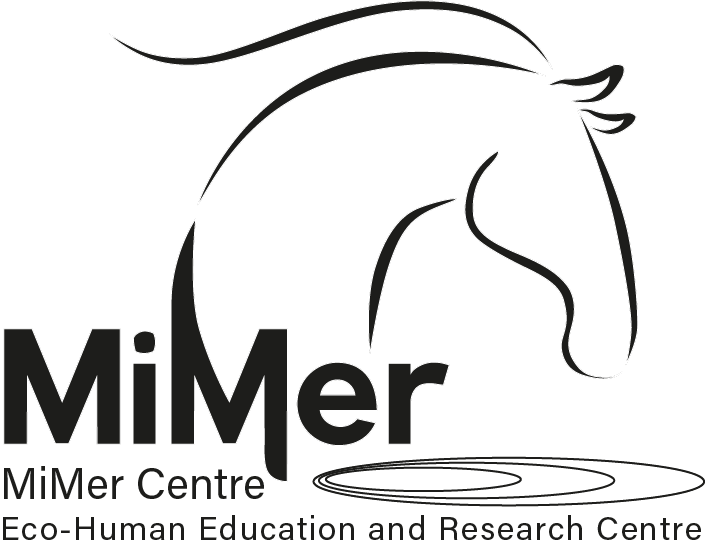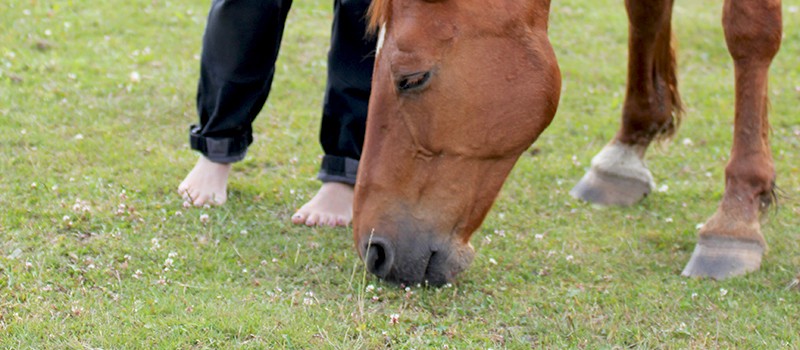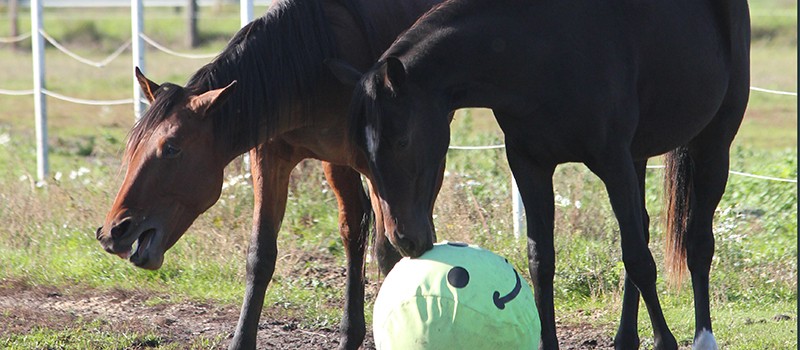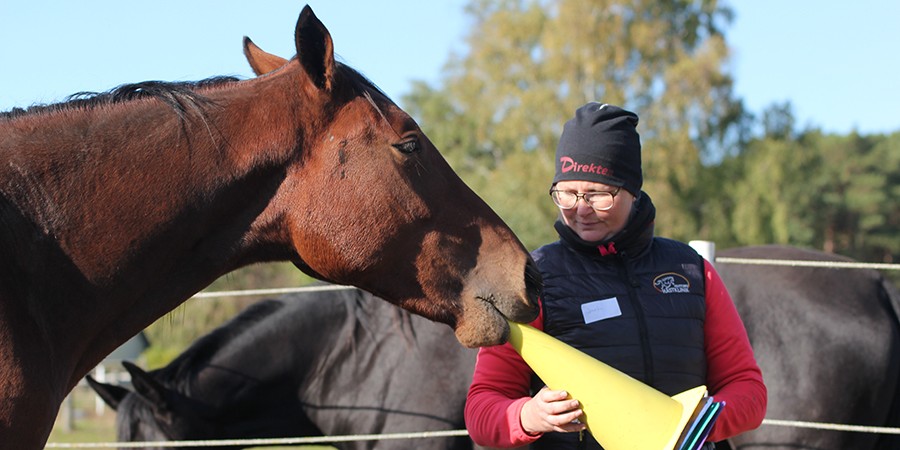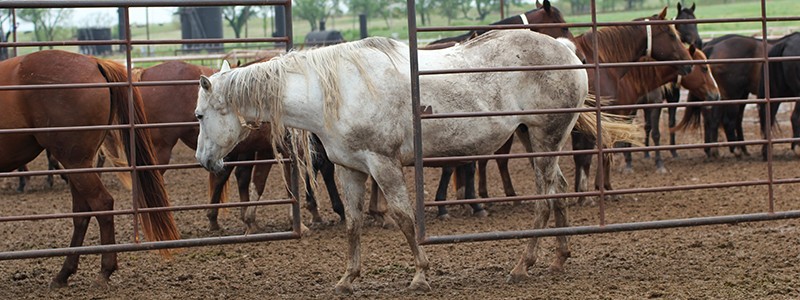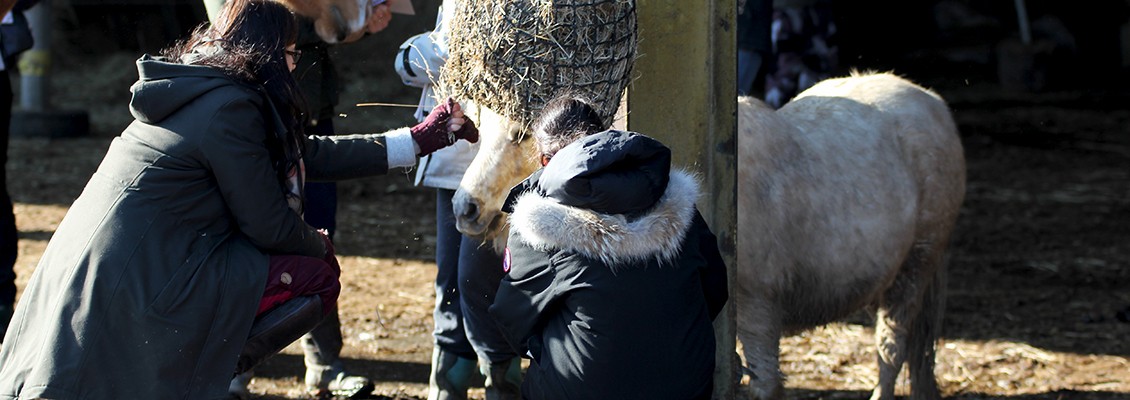Have you been told that too? That whatever you do – never let yourself “be moved” by a horse? That if the horse is the one “making” you move – you have lost the “feet-game”. Which would mean he is the boss and you are the follower… or at least it would imply that you are a very weak “leader”.
I was told that. In the beginning of my career as a horse owner. This is me with my very first own horse, Lafayette – a brilliant horse who let me get to know and learn so much about myself (and horses 😊)
So. I am standing very close to him, just having put on his halter, then he swings his head – and I do what I am told, I do not move my feet… I actually look down and check them (like you never know… they might have moved??). So this is me – not wanting the horse in my face, but believing I cannot move my feet to fix that. Also being me, not trying to move his head… but instead choose to lean backwards. So happy I got this on picture!
